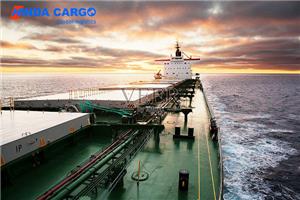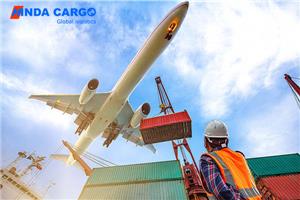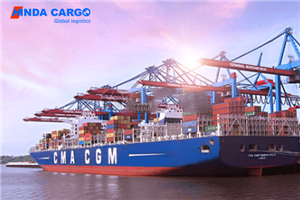What is the customs clearance process for sea and air cargo?
Customs clearance of goods is a key link, involving customs procedures, inspection and quarantine and other processes for sea and air transport. This article will introduce in detail the customs clearance process for sea and air cargo to help companies better understand and deal with key links in international trade.
Maritime cargo customs clearance process
1. Prepare customs documents in advance:
Before loading the goods, the cargo owner or freight forwarding company must prepare the documents required by the customs in advance, including packing list, bill of lading, commercial invoice, packing list, certificate of origin, import license, etc. Ensure documentation is accurate and complete.
2. Declaration before shipment:
Before the goods are shipped, they need to be declared to the customs. This step is usually handled by a freight forwarding company or customs broker, who provides relevant documentation and declares the details of the goods.
3. Customs inspection and review:
Customs will review the documents of the goods and conduct inspections at the same time. Inspection may take the form of document inspection, on-site inspection of goods, etc. to ensure the authenticity and accuracy of the declared information.
4. Pay duties and fees:
Based on the customs review results, the cargo owner or freight forwarding company needs to pay corresponding duties and fees. This may include import duties, VAT, excise tax, etc. After payment, the customs will issue a customs clearance certificate.
5. Customs clearance and release:
After paying the duties and fees, the customs will issue a customs clearance certificate and the goods will be released. At this point, the goods can officially leave the port and enter the domestic distribution link.
6. Follow-up supervision:
After the goods enter the country, they must also comply with domestic regulatory regulations and carry out necessary customs declaration and clearance procedures to ensure the normal circulation of the goods.
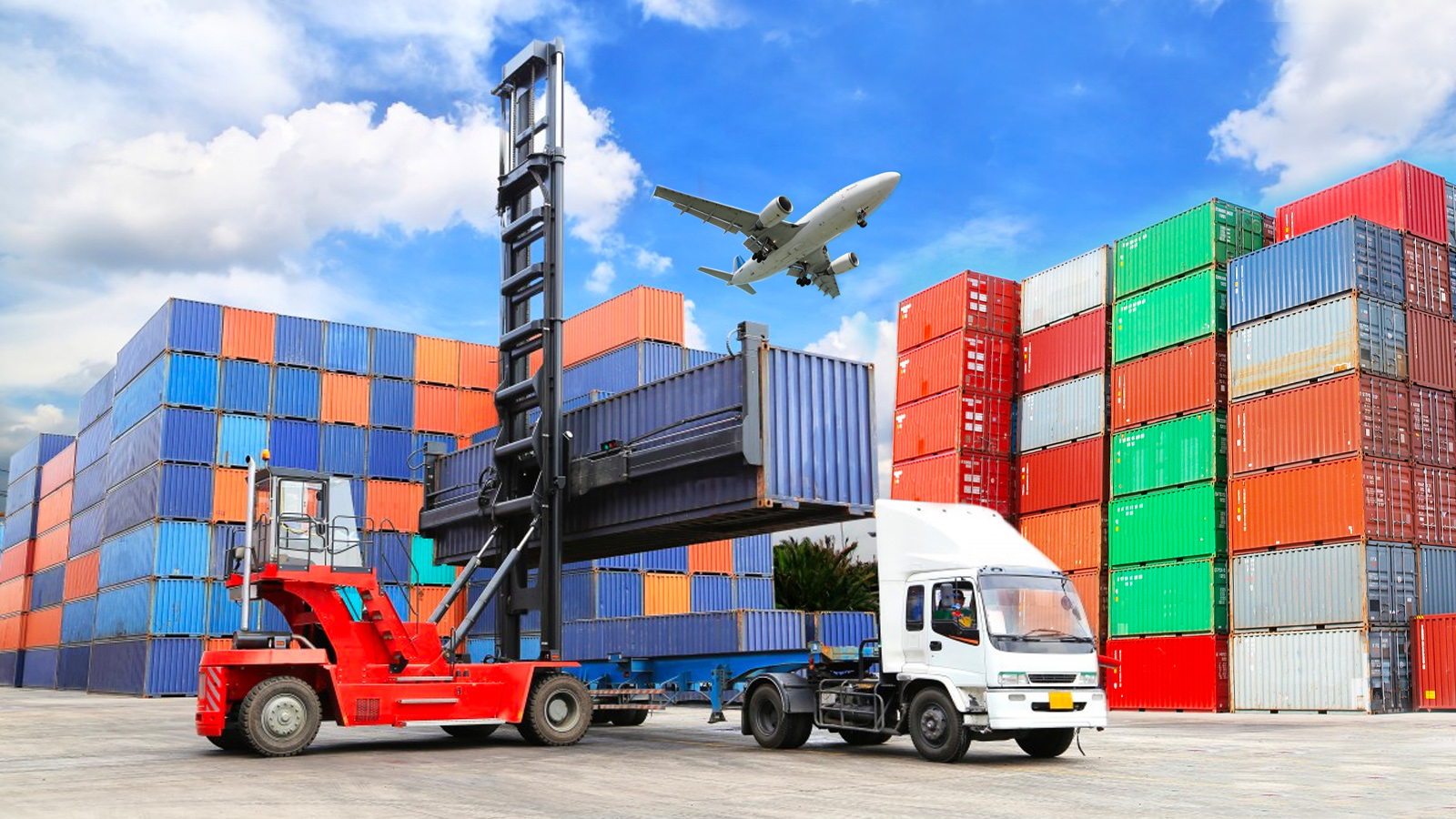
Air cargo customs clearance process
1. Prepare customs clearance documents in advance:
Before shipping the goods, the cargo owner or freight forwarding company must prepare the documents required for customs clearance in advance, including bills of lading, commercial invoices, packing lists, import licenses, certificates of origin, etc. Ensure documentation is accurate and complete.
2. Declaration after flight arrival:
Once the flight arrives, the cargo declaration process will begin. This step is usually the responsibility of the freight forwarding company or customs broker, which provides relevant documents to the customs and makes a detailed declaration of the goods.
3. Customs inspection and review:
Customs will review the cargo's documentation and may conduct an on-site inspection. This is to verify the authenticity and accuracy of the goods and ensure compliant imports.
4. Pay duties and fees:
Based on the customs review results, the cargo owner or freight forwarding company needs to pay corresponding duties and fees. This may include import duties, VAT, excise tax, etc. After payment, the customs will issue a customs clearance certificate.
5. Customs clearance and release:
After paying the duties and fees, the customs will issue a customs clearance certificate and the goods will be released. At this time, the goods can officially enter the country for subsequent distribution and circulation.
6. Follow-up supervision:
After goods enter the country, they must also comply with domestic regulatory regulations and carry out necessary customs declaration and clearance procedures to ensure the normal circulation of goods.
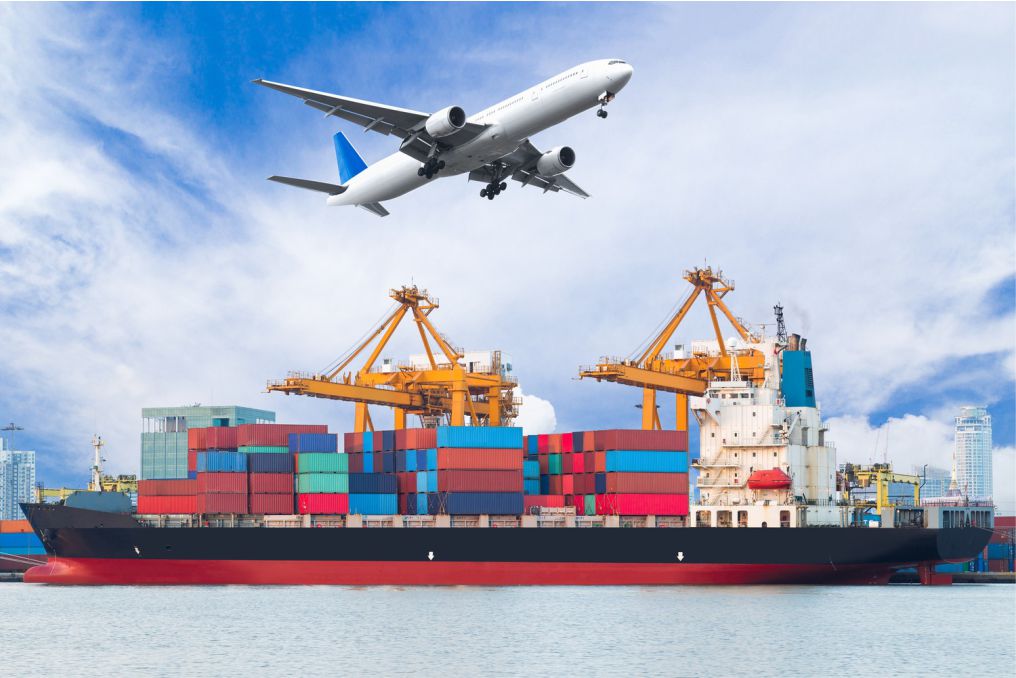
Common customs clearance principles
1. Comply with regulations and standards:
Whether shipping by sea or by air, cargo owners and freight forwarding companies need to comply with international and domestic regulations and standards to ensure that the customs clearance process is carried out in compliance.
2. Prepare documents in advance:
Before the goods are shipped, preparing the documents required for customs clearance in advance is an important step to ensure smooth customs clearance and avoid unnecessary delays.
3. Work closely with customs brokers:
Working closely with professional customs brokers can complete customs clearance procedures more efficiently and reduce problems caused by unfamiliar processes.
4. Communicate promptly:
During the customs clearance process, timely communication with relevant parties such as customs, freight forwarding companies, customs brokers, etc. can better deal with possible problems and ensure the smooth release of goods.
Conclusion:
Cargo customs clearance is a link that cannot be ignored in international freight, and is crucial for both sea and air transportation. By preparing documents in advance, operating compliance, and communicating in a timely manner, companies can ensure smooth flow of goods during customs clearance and successfully complete international trade.

